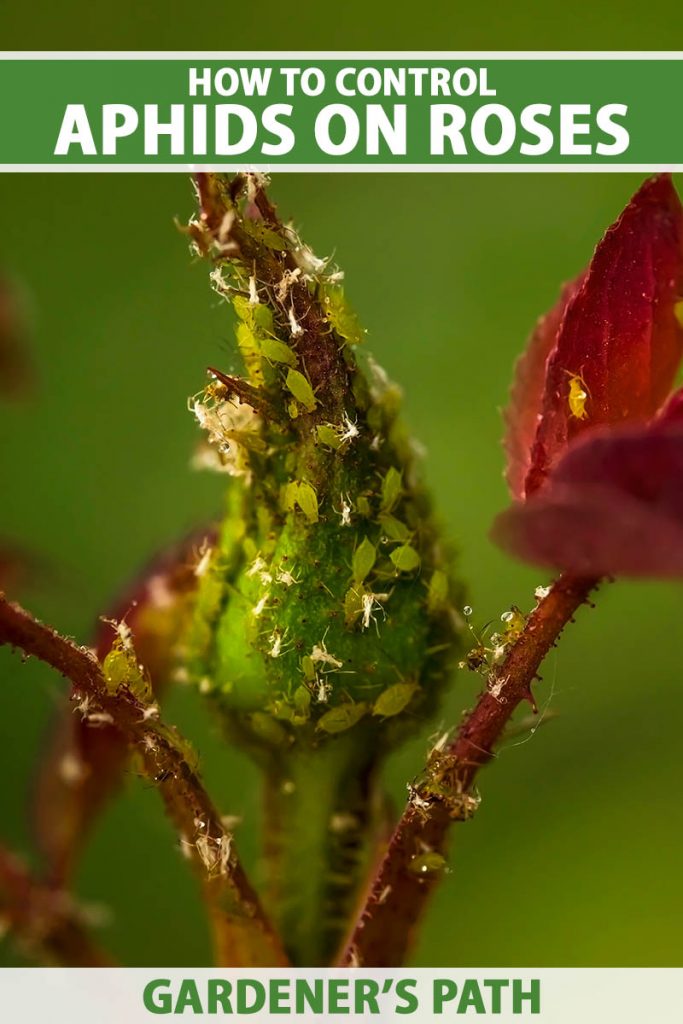As a gardener, I’m always looking for ways to protect my roses from bugs. I want to make sure my garden is healthy and thriving, and that means keeping bugs away from my roses. In this article, I’ll be discussing essential tips for safeguarding my roses from bugs. From using natural pest control methods to choosing disease-resistant varieties, I’ll cover all the basics of keeping my roses healthy and bug-free.
Types of Bugs That Eat Roses
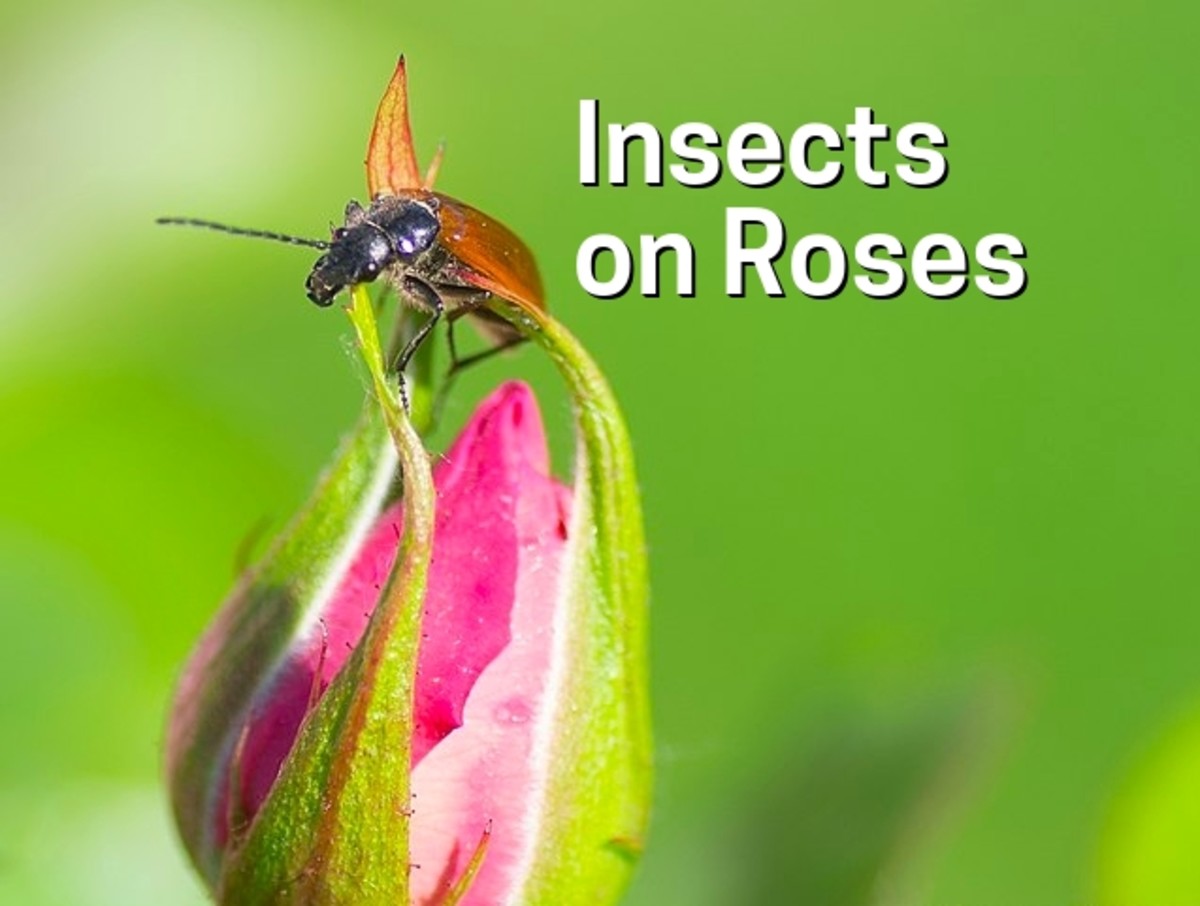
- Japanese Beetles
- Aphids
- Mealybugs
- Scale
- Thrips
- Caterpillars
- Spiders
These bugs can cause severe damage to your roses. Japanese beetles eat the leaves of your roses and can cause them to become discolored and wilted. Aphids, mealybugs and scale can suck the sap from your rose’s foliage, leaving them stunted and distorted. Thrips can cause rose petals to become deformed and discolored. Caterpillars can completely defoliate your roses and spiders can cause the leaves and petals to become webbed. If left untreated, these bugs can cause serious damage to your roses and even kill them.
Aphids
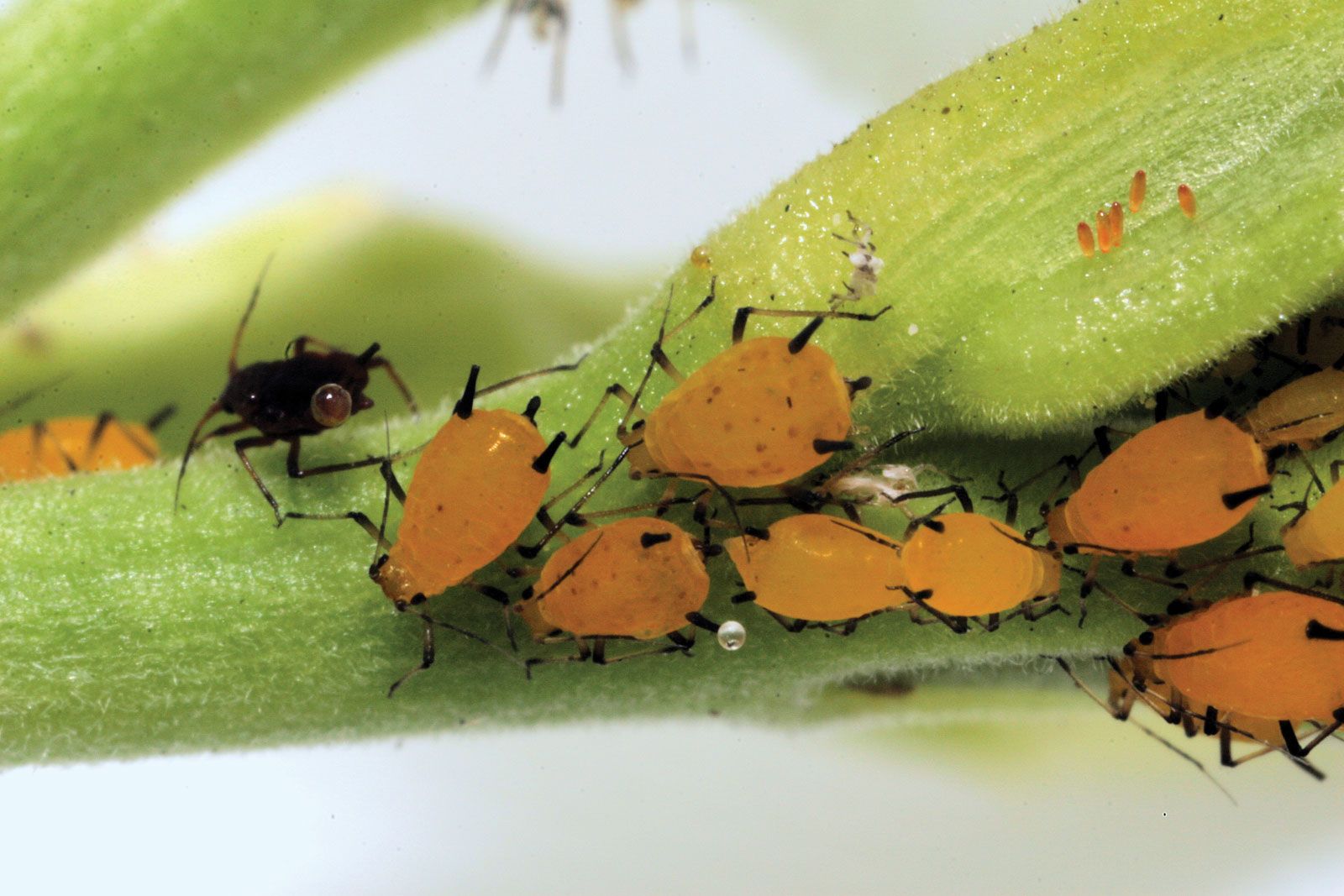
I need to be mindful of aphids, which are small, pear-shaped bugs. They can range in color from green to yellow to almost black. These pests suck on the sap of plants, damaging the leaves and flowers. They can also produce sticky, sugary honeydew, which can lead to mold and sooty mold. To protect my roses from aphids, I should check the plants regularly for signs of infestation, and use a strong jet of water to remove the pests. I can also use insecticidal soaps or horticultural oils to get rid of them. If the infestation is severe, I may need to use a more powerful insecticide.
Japanese Beetles
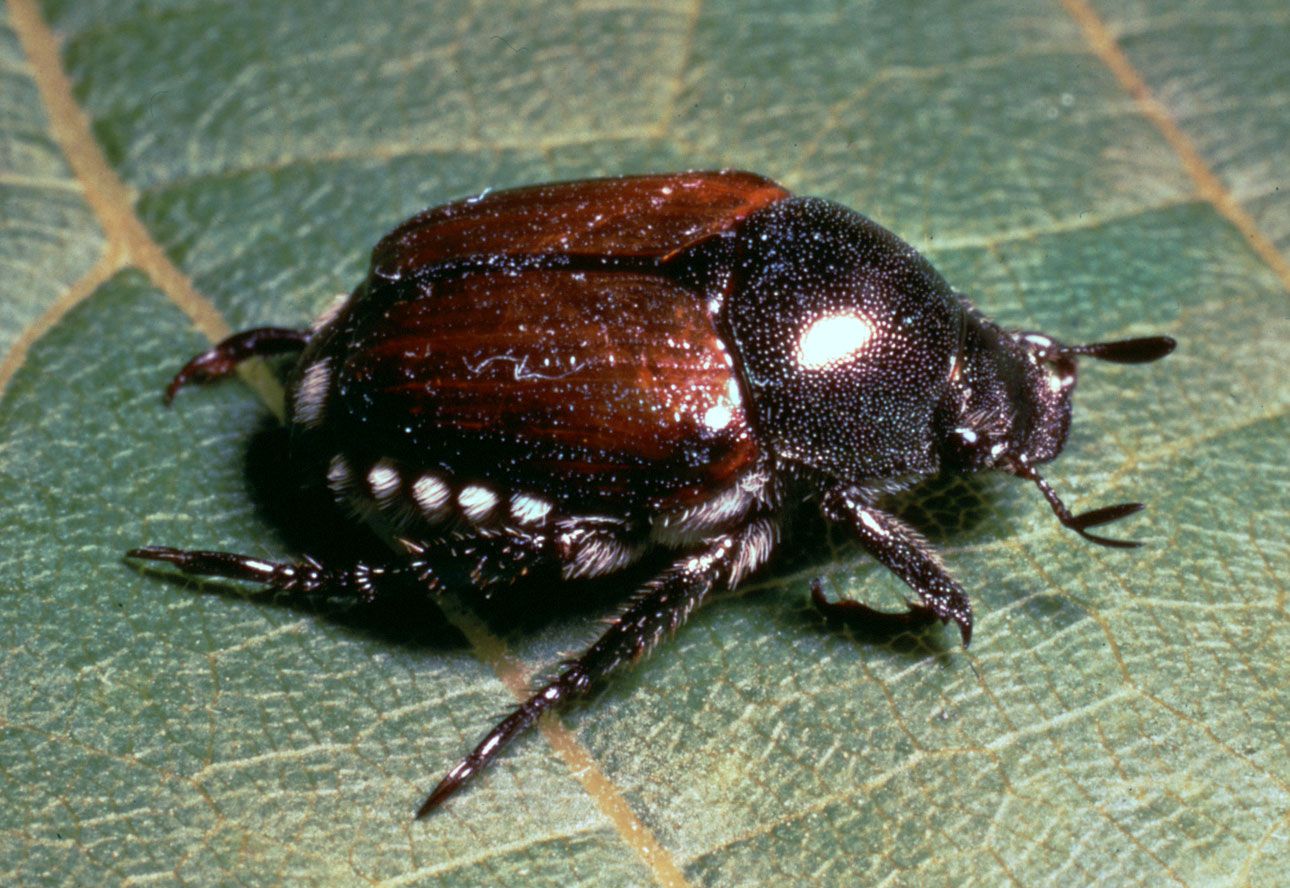
I need to be on the lookout for Japanese Beetles when protecting my roses from bugs. These voracious little pests can strip a rose bush in no time. They are shiny, metallic-looking, and range in color from bronze to greenish-bronze. Adult beetles feed on leaves, flowers and fruits of over 200 different plants, including roses. They appear in the early summer and are active throughout the summer months. The key to controlling Japanese beetle is to keep their population low. Handpicking the beetles and dropping them into a bucket of soapy water can be effective. Sprays containing insecticides like permethrin and cyfluthrin can also help control Japanese beetle. Additionally, beneficial nematodes can be applied to the soil to help keep Japanese beetle populations low.
Thrips
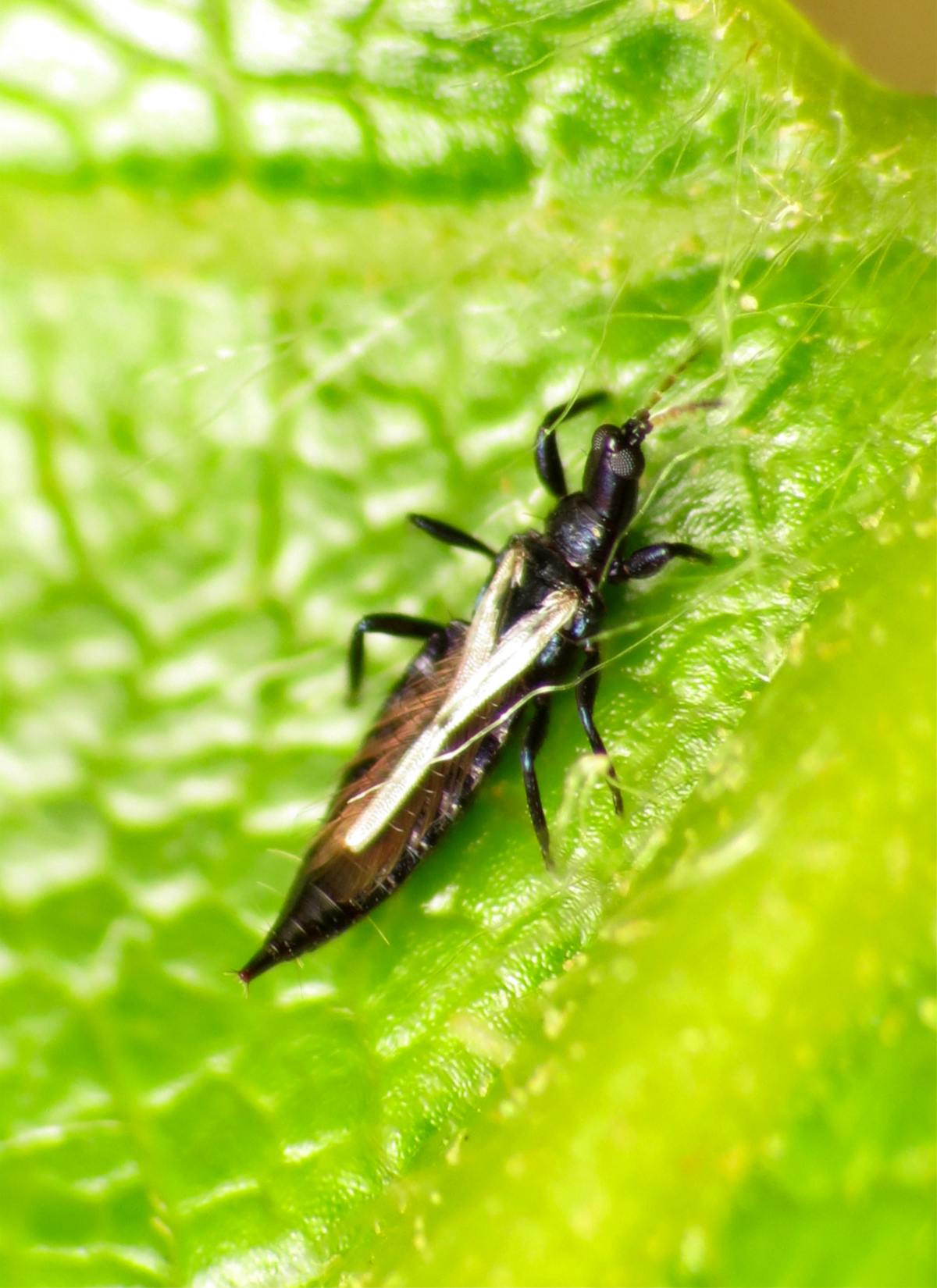
Thrips are tiny, slender insects that feed on the leaves and flowers of roses. They cause silver streaks on the petals, and can lead to a decrease in plant vigor. To protect my roses from thrips, I need to be vigilant about monitoring my plants for signs of an infestation. Regularly checking for thrips can help me identify any problems early, before they become too severe. I should also use insecticidal soaps and horticultural oils to reduce the number of thrips on my roses. Finally, I can use sticky traps to monitor and reduce the thrips population in my garden.
Spider Mites
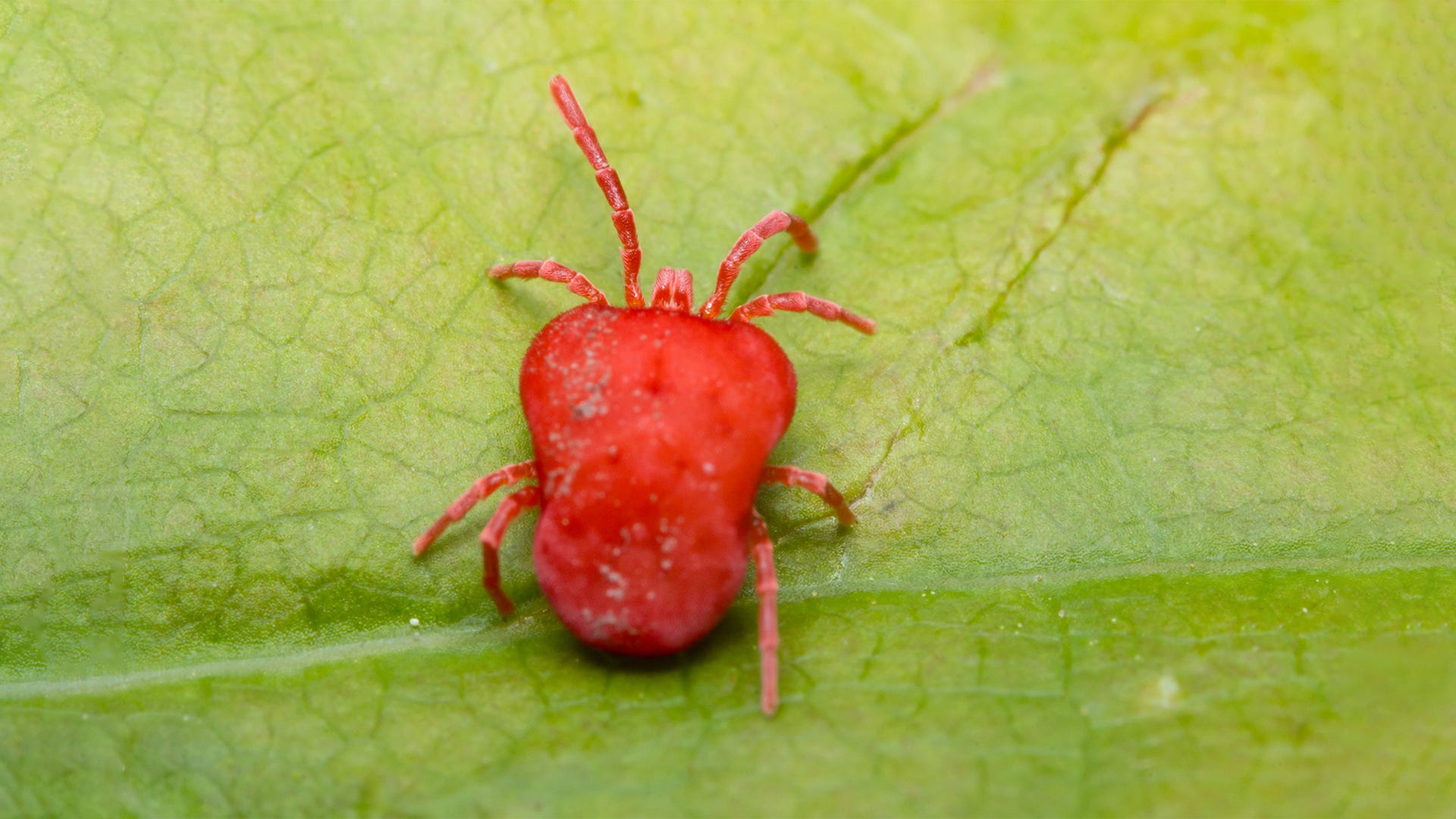
I must be on the lookout for spider mites, as they are notorious for infesting roses. They’re tiny and difficult to spot, so I should inspect my plants regularly. Spider mites are usually located on the underside of the leaves, and they can be identified by the webs they spin. If I spot them, the best way to get rid of them is to blast them off with a strong jet of water. If this doesn’t work, I can use a chemical insecticide that specifically targets spider mites.
Rose Slugs
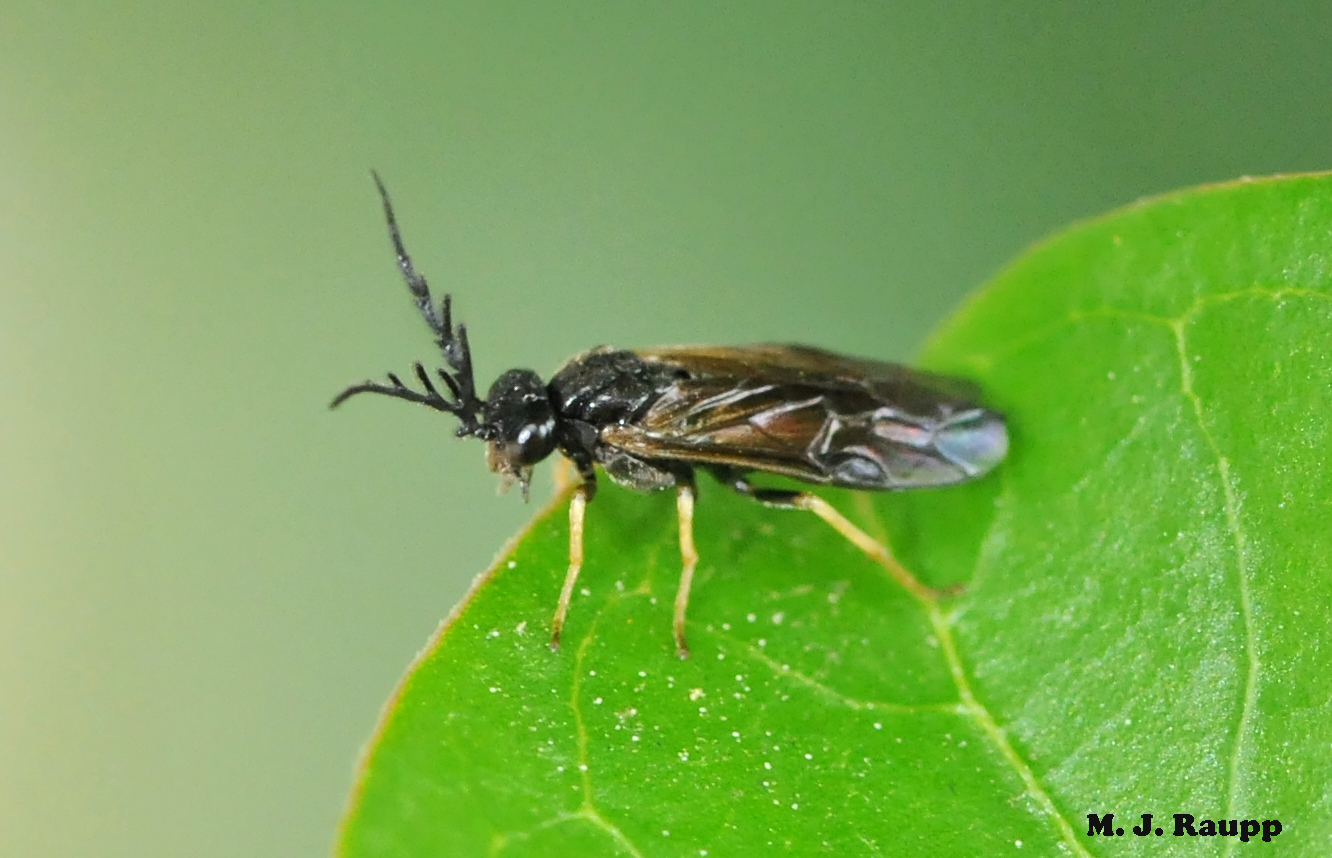
Rose slugs, also known as sawfly larvae, are a common rose pest in the Pacific Northwest. They are small, green and slimy and can cause extensive damage to rose leaves, making them appear skeletonized or lacy. To protect your roses from rose slugs, there are a few steps you can take.
| Treatment | Description |
|---|---|
| Manual Removal | Regularly inspect plants for rose slugs and remove any that are present. |
| Spray | Spray roses with insecticidal soap, neem oil, or horticultural oil. |
| Biological Control | Introduce natural predators such as lacewings, parasitic wasps and lady beetles. |
Manual removal is the most efficient treatment. Regularly inspect plants for rose slugs and remove any that are present. Spraying with insecticidal soap, neem oil or horticultural oil can help reduce the population, but must be repeated every 7-10 days. Introducing natural predators such as lacewings, parasitic wasps and lady beetles can also help reduce the population of rose slugs.
Preventive Measures
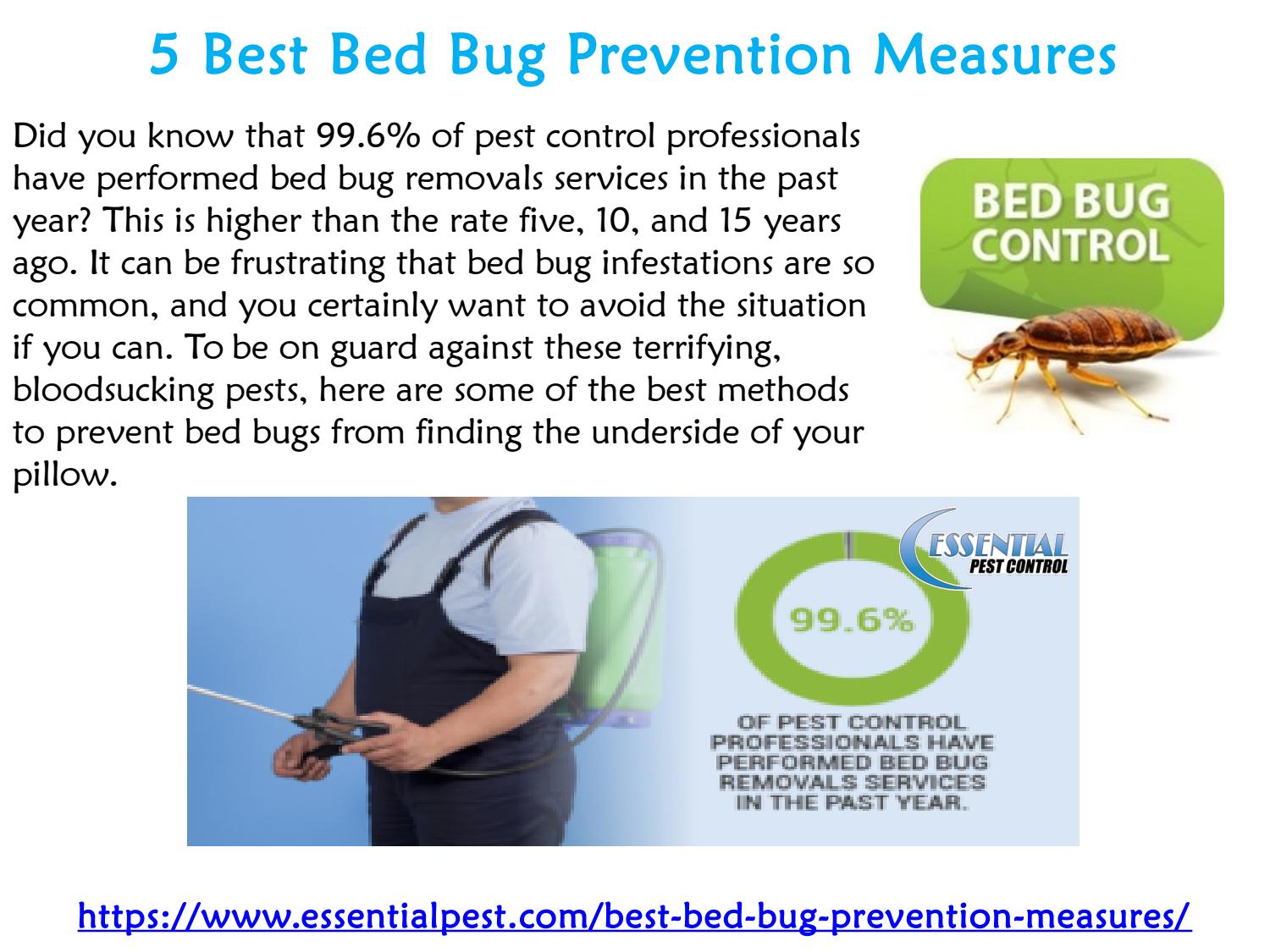
I can take a few simple steps to help protect my roses from bugs.
| Steps | Description |
|---|---|
| Clean Up Debris | Remove dead leaves, petals, and other debris from the garden to reduce the number of pests that can hide in and around the plants. |
| Keep Soil Healthy | Mulch and fertilize the soil around the roses to promote healthy growth and discourage pests. |
| Check Regularly | Inspect the roses regularly for any signs of pests, such as holes in the leaves or discolored spots. |
| Water Properly | Water the roses in the morning and avoid getting the leaves wet to reduce the risk of fungal diseases and pests. |
| Remove Infested Leaves | If I find any leaves that are infested with pests, I should remove them immediately to reduce the spread of the infestation. |
| Treat Organically | If I find pests on my roses, I can use an organic insecticide to treat the infestation. |
By taking these preventive measures, I can help ensure my roses remain healthy and pest-free.
Natural Predators
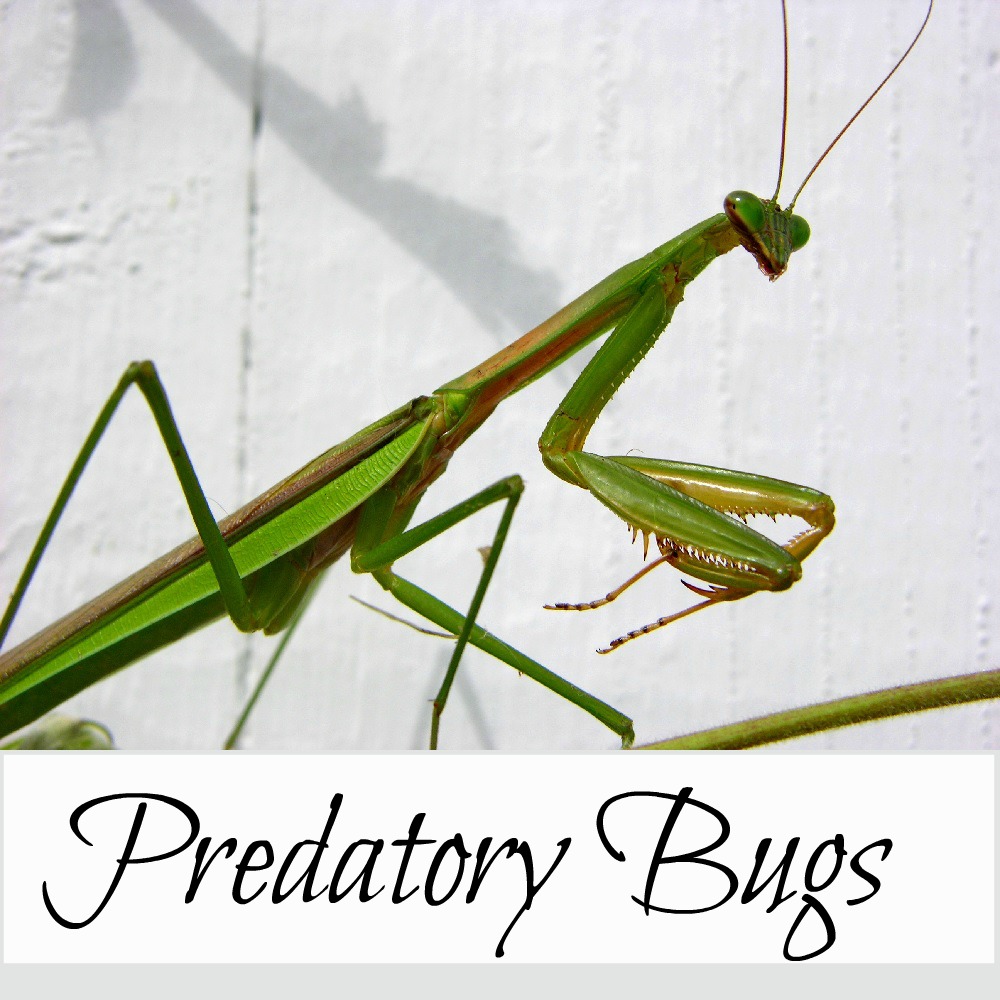
I’m lucky enough to have natural predators in my garden. Ladybugs, praying mantis, and even spiders can help keep pests in check. Ladybugs, for example, feed on aphids, which can cause a lot of damage to my roses. Praying mantis can also feast on the more destructive garden pests, such as caterpillars.
| Predator | Pest |
|---|---|
| Ladybugs | Aphids |
| Praying Mantis | Caterpillars |
| Spiders | Various insects |
These predators can help keep my garden healthy and reduce the need for me to rely on chemical pesticides. If I want to attract these beneficial bugs to my garden, I can provide them with food and shelter. For example, I can plant a variety of flowers that will attract them and provide them with the nectar they need. I can also provide them with places to hide, such as piles of wood or piles of leaves.
Pruning
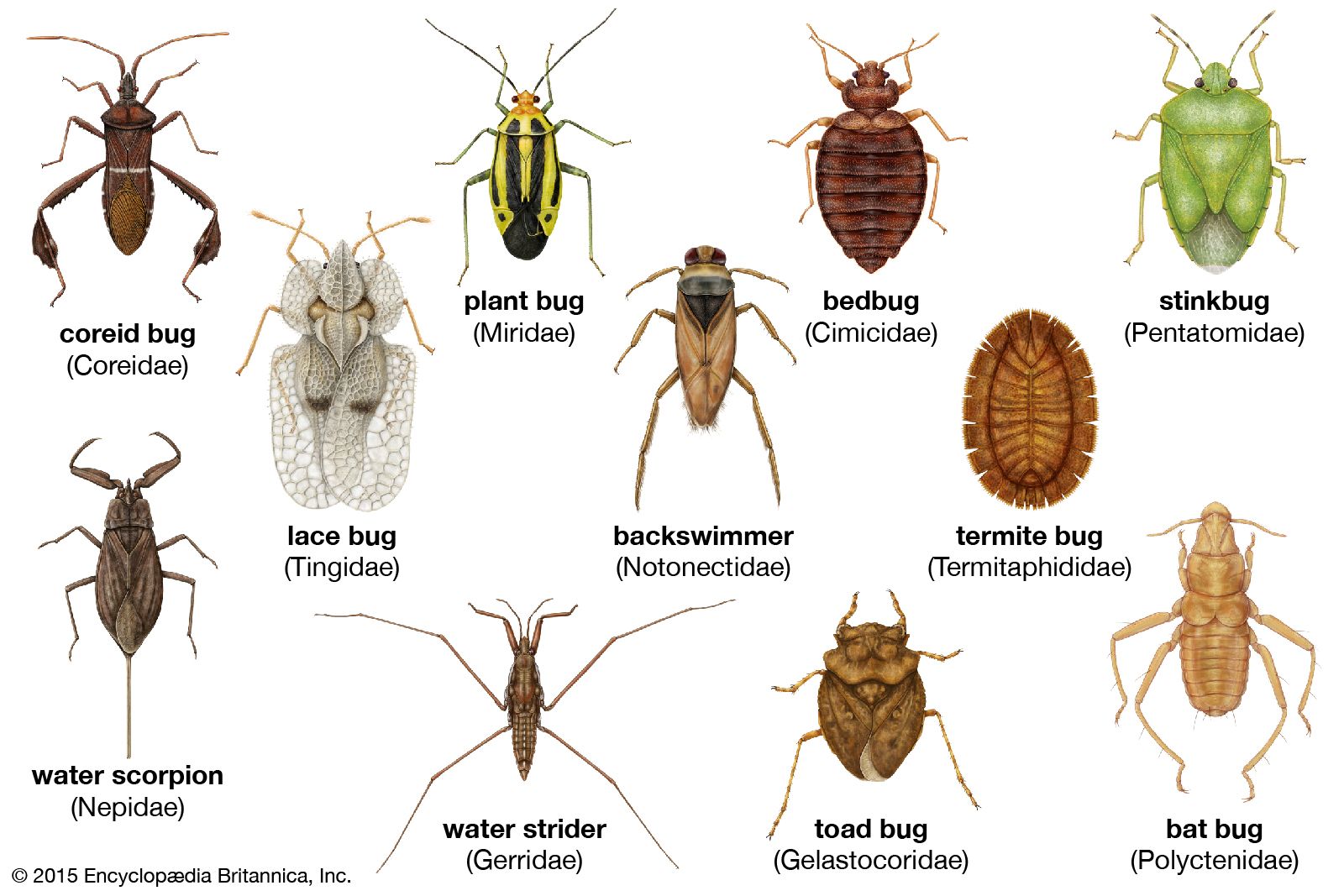
I prune my roses regularly to minimize the number of pests that can attack them. Pruning encourages new growth, so it’s important to remove diseased, dead, and damaged branches, as well as any weak branches or crossing branches. I also ensure I prune the roses regularly to keep them healthy and promote new growth. Pruning also helps keep the rose bush shapely and neat, and prevents overcrowding. Additionally, pruning helps reduce the risk of disease, as damaged branches are removed, making it harder for pests to spread. Finally, by pruning off the old growth, I can encourage more blooms and help produce larger blooms.
Neem Oil
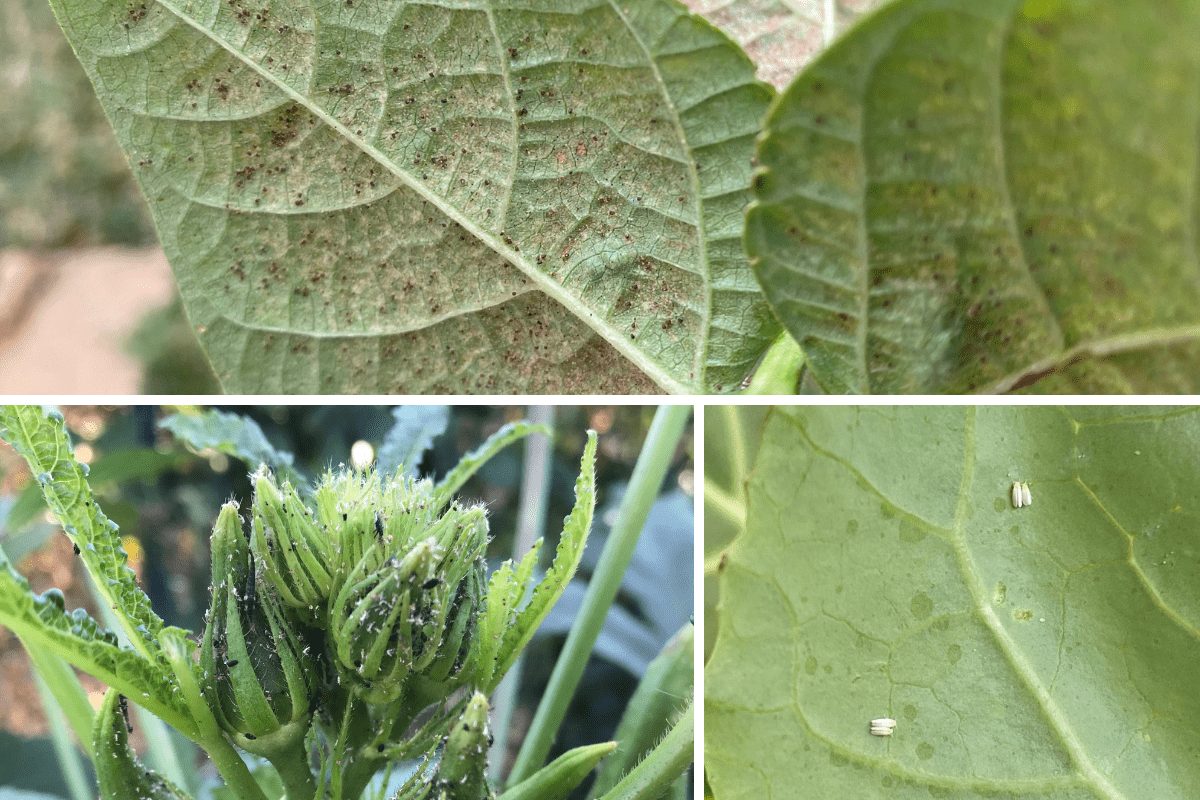
- Spray neem oil on your roses every three to four weeks, or as soon as you spot signs of bugs on the leaves or stems.
- Mix two tablespoons of neem oil with a gallon of water and add a teaspoon of dish soap to the mixture.
- Avoid spraying neem oil on hot, sunny days. Instead, apply during the early morning or evening hours.
- Wear gloves and protective clothing when applying neem oil.
- Cover the entire plant, including the undersides of the leaves, when spraying.
- Reapply the neem oil if you spot any new signs of bugs.
Insecticidal Soaps
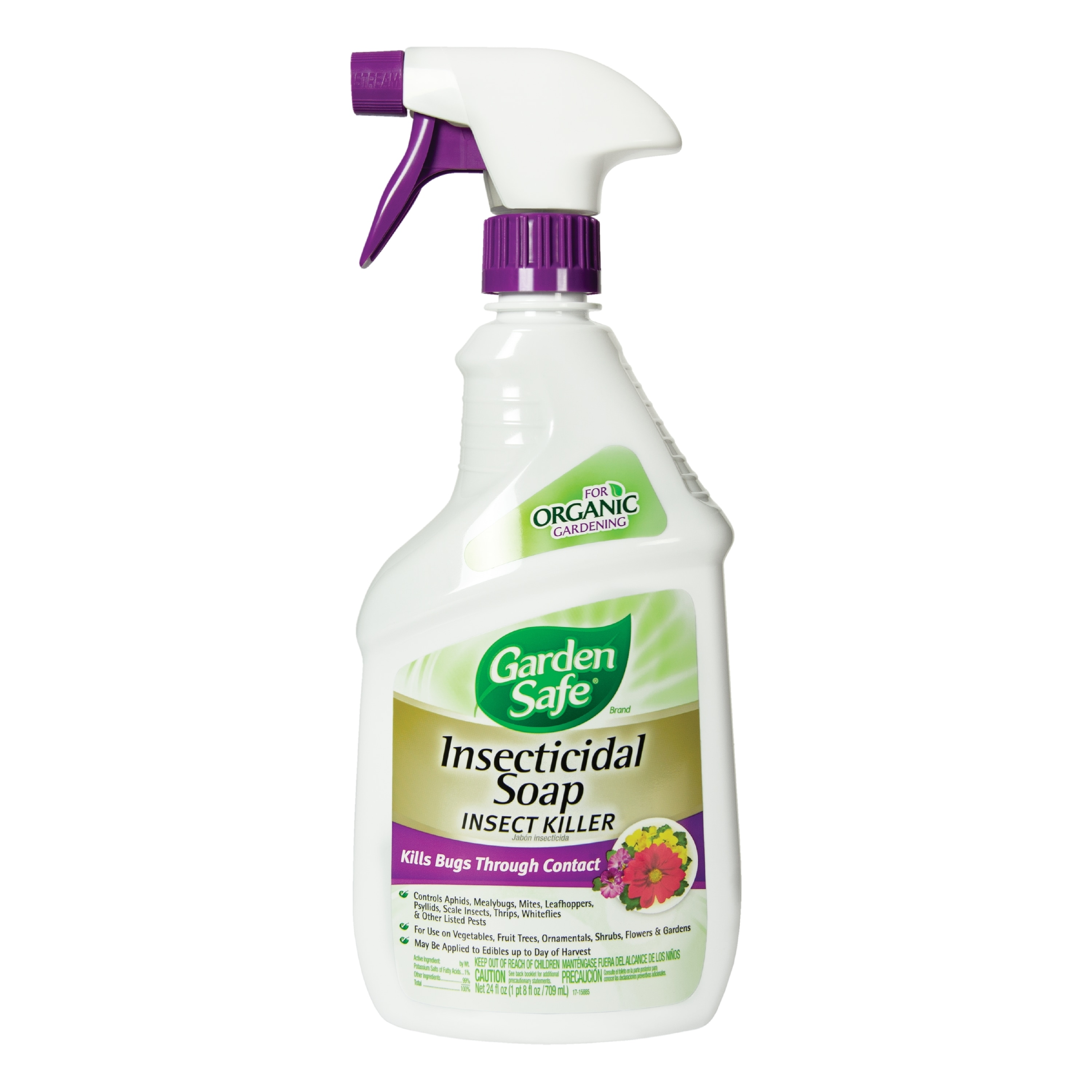
I can protect my roses from bugs by using insecticidal soaps. These soaps are designed to disrupt the cell membranes of soft-bodied insects like aphids, mites and thrips. They can be used as a contact insecticide to kill the bugs directly or used as a preventative measure – coating the plant leaves with a thin layer to prevent the bugs from feeding. I should apply insecticidal soaps when I start to see signs of an infestation, such as discolored leaves or an increase in the number of bugs. I should also make sure to reapply the soaps regularly to ensure the bugs do not return. When applying the insecticidal soaps, I should use a spray bottle to ensure even coverage across the entire plant. For best results, I should apply the soaps in the morning or late afternoon when the sun is not too strong. I should also take care to avoid contact with my eyes and skin while using insecticidal soaps.
Treatment Measures
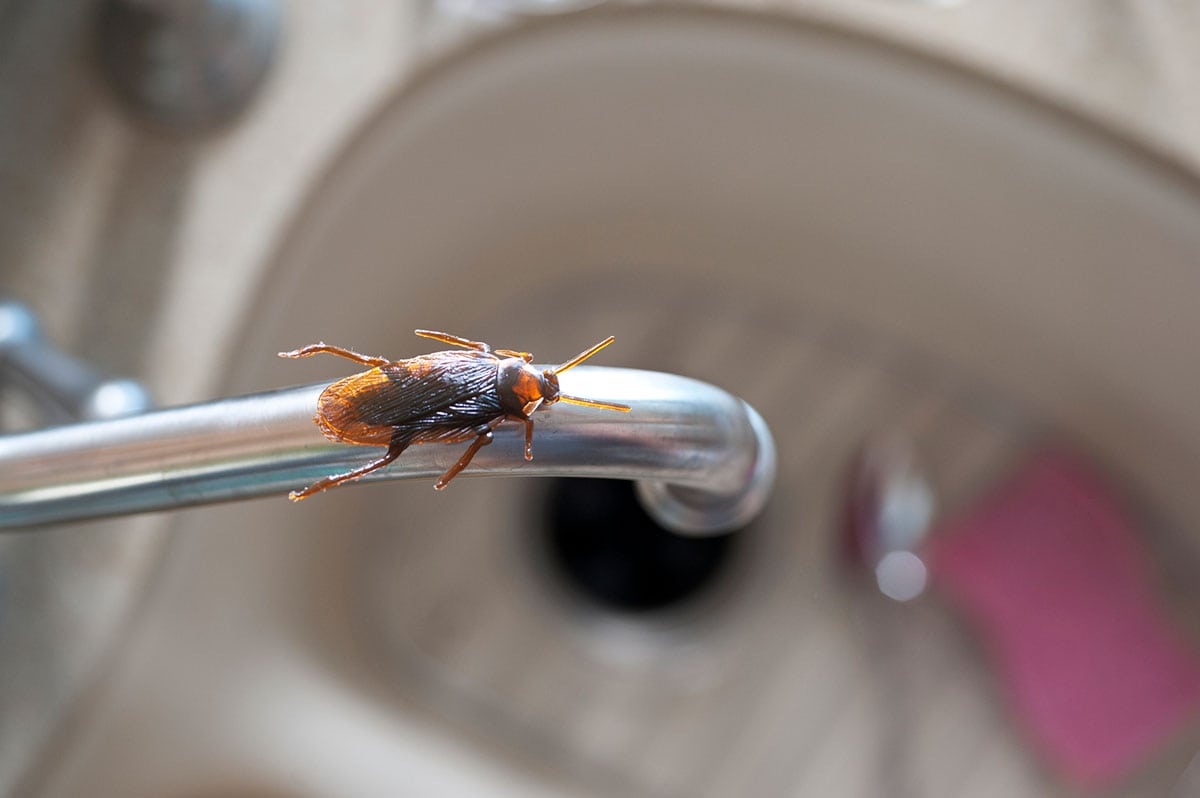
| Bug Type | Treatment |
|---|---|
| Aphids | Spray with insecticidal soap or neem oil |
| Mites | Spray with insecticidal soap or neem oil |
| Scale Insects | Spray with insecticidal soap or horticultural oil |
| Caterpillars | Spray with Bt (Bacillus thuringiensis), an organic insecticide |
| Japanese Beetles | Spray with neem oil |
Alternatively, I can use insecticidal sprays, such as permethrin or cyfluthrin, to kill the bugs. However, these products may also kill beneficial insects, so use them sparingly. I should also inspect my roses regularly and remove any bugs I find by hand. Finally, I can introduce beneficial insects, such as ladybugs, to my garden to help control insect pests.
Spraying Insecticides
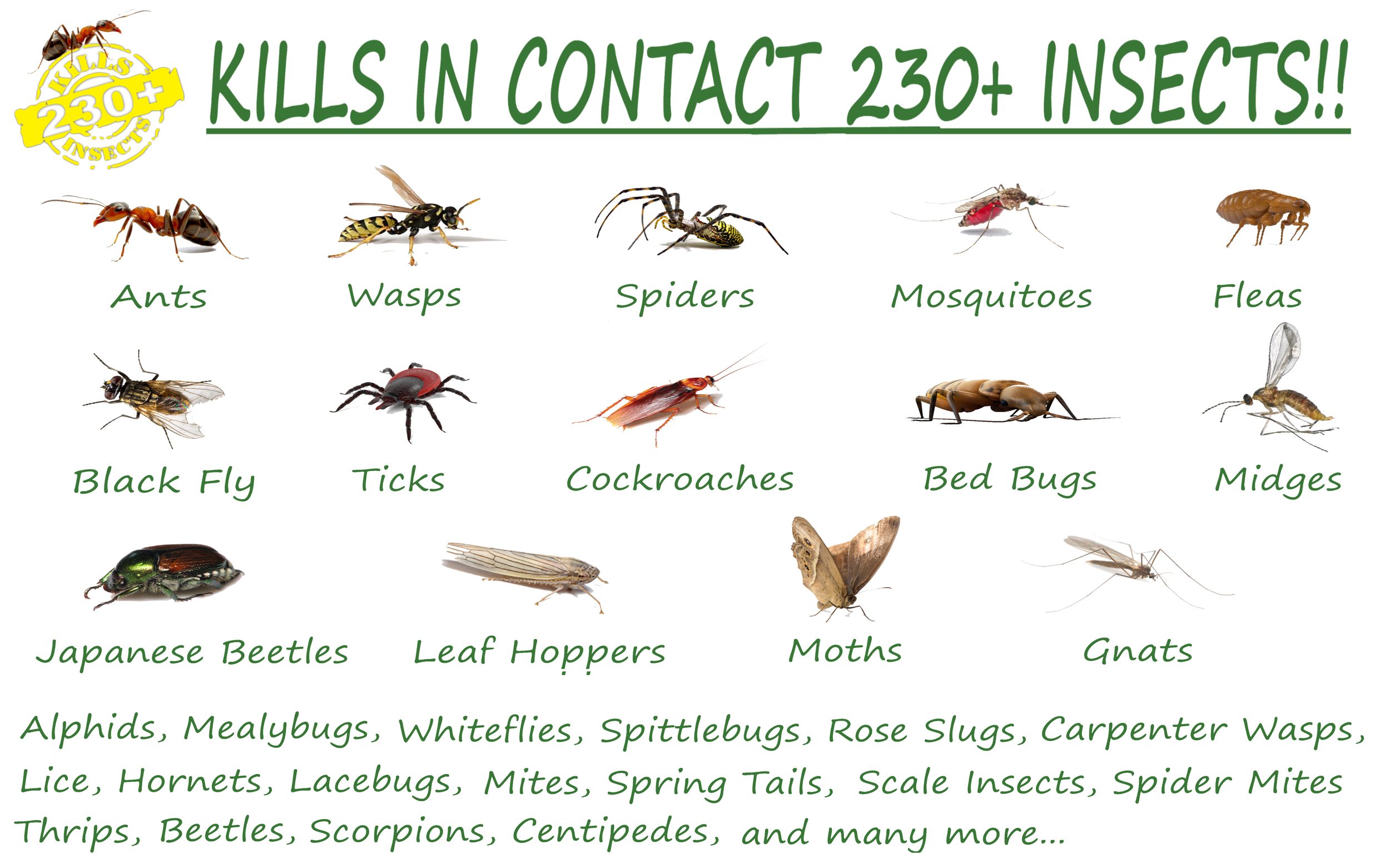
I use insecticides to protect my roses from bugs. Insecticides are applied as a spray over the leaves and stem of the roses. I make sure that all parts of the plants are covered for best protection.
I use insecticides that are specifically designed for roses. They contain active ingredients that target and kill specific species of bugs. Some of these ingredients are pyrethroids, neem oil and spinosad.
| Active Ingredient | Target Bug |
|---|---|
| Pyrethroids | Aphids, whiteflies, thrips, caterpillars |
| Neem oil | Aphids, whiteflies, mealybugs, spider mites, scale |
| Spinosad | Caterpillars, thrips, leafminers, leafhoppers, borers |
I follow the instructions on the product label and apply the insecticide every 2-3 weeks. I spray the insecticide early in the morning or late in the evening when the temperature is cooler. I also wear gloves and a face mask to protect myself from the chemicals.
Handpicking
I inspect my roses daily and pick off any insects I find. This is a good way to make sure bugs don’t get a chance to multiply, as I’m removing them before they can reproduce. To make sure I don’t miss any, I check both the top and the underside of the rose leaves. I also check for any pests like aphids, which tend to congregate around the stems of the roses. If I see any bugs, I pick them off and dispose of them.
Companion Planting
- Grow garlic around roses to deter aphids, mites, and other bugs.
- Plant marigolds, calendula, and other flowers around roses to attract beneficial bugs.
- Add nasturtiums to rose beds to help repel aphids and other garden pests.
- Interplant onions between roses to discourage Japanese beetles.
- Include herbs like oregano, basil, and thyme to attract beneficial insects and repel bad ones.
- Plant tansy, chives, and yarrow near roses to repel pests.
- Grow rosemary around roses to deter aphids, mites, and other bugs.
Companion planting is an effective way to protect roses from bugs. By strategically planting certain flowers, herbs, and vegetables near roses, it is possible to deter certain pests, like aphids, mites, and Japanese beetles, while attracting beneficial insects that help protect roses from damage.
Frequently Asked Questions
How can I prevent bugs from eating my roses?
Keep your roses healthy by providing adequate water and fertilizing regularly. Remove any dead leaves and stems from the base of the plant, as these can attract bugs. Apply a horticultural oil or neem oil to the plant’s foliage to prevent insects from laying eggs. Release beneficial nematodes into the soil to help kill larvae. Prune your roses regularly to remove diseased or damaged parts and open up the plant to increase air circulation. Install row covers to protect your roses from pests and use insecticidal soaps or sprays to kill any bugs on contact.
How can I identify what kind of bugs are eating my roses?
To identify what kind of bugs are eating your roses, closely inspect the leaves, stems, and blooms of your roses for signs of insect damage. Common signs of insect damage include chewed, spotted, or wilted leaves, as well as holes in plant parts. Additionally, look for small clusters of eggs, larvae, or adult insects. Once you have identified the insects, research how to best control them.
What Natural Methods Can I Use to Get Rid of Green Bugs on Roses?
To get rid of green bugs on roses, use a mixture of insecticidal soap and neem oil to spray the affected areas. Insecticidal soap and neem oil are natural insecticides that can be used to effectively get rid of green bugs on roses. Additionally, introducing beneficial bugs, such as ladybugs, will help to control the population of green bugs on roses. Pruning the affected areas and removing any infected leaves can also help reduce the number of green bugs on roses.
Are there any chemical treatments available to protect my roses from bugs?
Yes, chemical treatments such as insecticidal soaps, neem oil, and permethrin can be used to protect roses from bugs. These treatments should be applied as soon as the pests are detected, and repeated as needed. It’s important to follow the directions on the product label for proper use and safety.
What preventive measures can I take to protect my rose bushes from bugs?
To protect rose bushes from bugs, start by regularly inspecting the plants and removing any dead or damaged parts. Prune the plants regularly to remove any weak or diseased growth. Avoid using pesticides, as these can be hazardous to beneficial insects and can harm the environment. Instead, use natural repellents such as garlic, cayenne pepper, or neem oil. In addition, keep the garden free of weeds and debris, as these can provide shelter for insects. If bugs become a problem, use insecticidal soap or horticultural oil to target specific pests.
Conclusion
I have provided essential tips to help protect my roses from bugs. These tips include keeping the roses clean, pruning properly, using pesticides and choosing resistant varieties. Applying a combination of these tips can help keep my roses healthy and beautiful. It’s important to remember to monitor my roses so that I can spot any signs of infestation early and act quickly to prevent further damage. With the right care, I can ensure my roses look beautiful for years to come.
